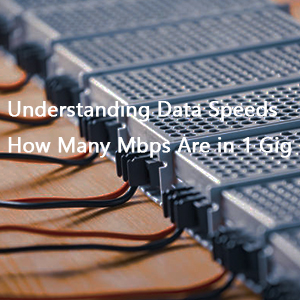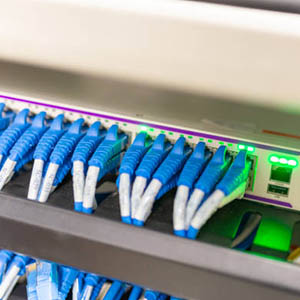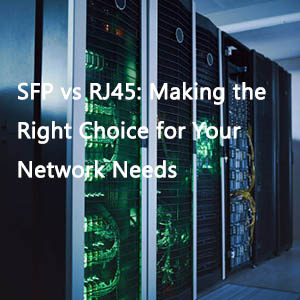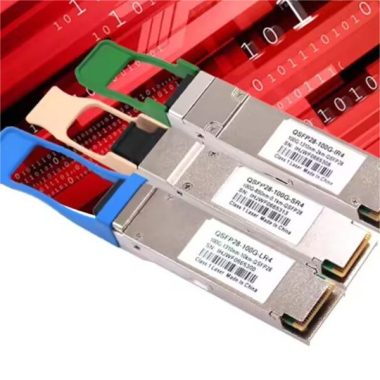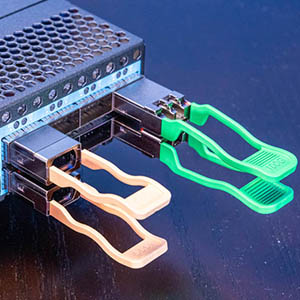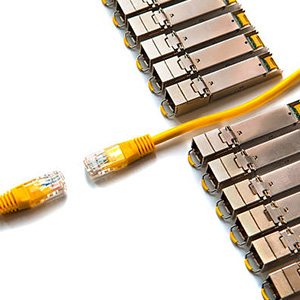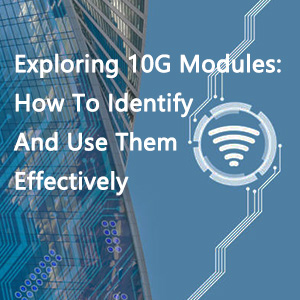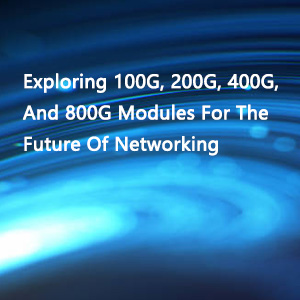In modern network infrastructure, switches play a pivotal role in connecting devices and facilitating data transfer. However, not all switches are created equal. Core switches and normal switches (also known as access switches) serve distinct purposes within a network. This article explores their key differences, helping you make informed decisions for your network architecture.
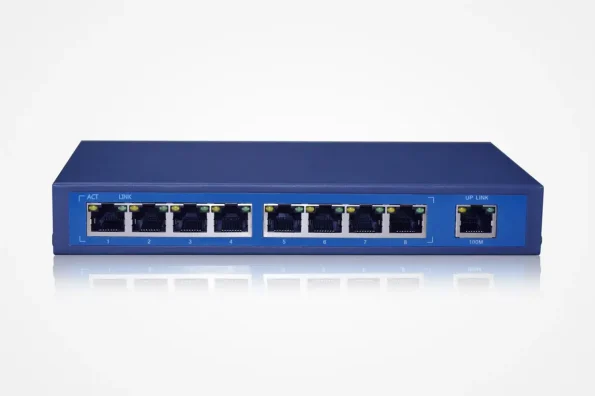
1.Define the role of a Switches on a network
Core Switches
Core switches act as the backbone of a network. They are designed to handle high-speed data transfer and ensure seamless communication between different parts of the network. These switches operate at the core layer, connecting distribution layers and providing robust redundancy and fault tolerance. They are typically deployed in enterprise networks, data centers, and large-scale setups.
Normal Switches
Normal switches, also known as access switches, function at the edge of the network. Their primary role is to connect end-user devices such as computers, printers, and IP phones. They prioritize cost-effectiveness and port density, making them suitable for local area networks (LANs) in small to medium-sized businesses or individual departments.
2. Key Differences Between Core and Normal Switches
| Aspect | Core Switches | Normal Switches |
|---|---|---|
| Position in the Network | Operates at the core layer, connecting distribution switches. | Operates at the access layer, connecting end devices. |
| Performance | High performance with advanced processing capabilities. | Optimized for basic connectivity and data forwarding. |
| Port Speeds | Supports high-speed interfaces like 10G, 40G, and 100G. | Typically offers 1G or 10G Ethernet ports. |
| Redundancy | Built-in redundancy and fault tolerance mechanisms. | Limited redundancy features. |
| Cost | Higher cost due to advanced features and hardware. | Cost-effective and widely available. |
| Scalability | Designed for large-scale, scalable networks. | Suitable for small to medium-sized setups. |
3. Port Differences and Speed
Core switches are equipped with advanced port configurations to handle high-bandwidth requirements. They often feature:
- 10G SFP+ for high-speed connectivity.
- 40G QSFP+ for aggregation layers.
- 100G QSFP28 for backbone connections.
Normal switches, on the other hand, are designed with end-user devices in mind. Their ports typically include:
- 1G Ethernet for basic device connections.
- 10G Ethernet for higher-speed access requirements.
4. Applications of Core and Normal Switches
Core Switches
- Enterprise Networks: Provides high-speed backbone connections for corporate networks.
- Data Centers: Ensures reliable and fast communication between servers and storage.
- Metro Ethernet: Used in service provider networks for large-scale connectivity.
Normal Switches
- Office Networks: Connects end devices like PCs and printers.
- Small Businesses: Facilitates local networking needs.
- Home Networks: Provides connectivity for devices within a home setup.
5. Choosing the Right Switch for Your Network
When deciding between core switches and normal switches, consider the following factors:
Network Size and Scale
- Large-scale networks with high traffic demand benefit from core switches.
- Small to medium-sized networks are well-served by normal switches.
Budget
- Core switches require a higher investment but provide advanced features and scalability.
- Normal switches are cost-effective and suitable for simpler setups.
Performance Requirements
- Opt for core switches when redundancy, fault tolerance, and high-speed processing are crucial.
- Choose normal switches for basic connectivity and lower data demands.
6. Enhancing Network Efficiency with Fiber-Life Products
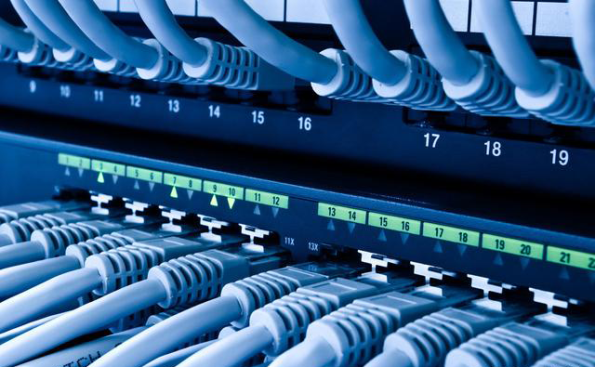
Fiber-Life offers a wide range of networking solutions tailored to both core and access layer requirements. Our product lineup includes:
- Core Switches: Designed for enterprise-grade networks with high-speed ports and robust redundancy.
- Normal Switches: Cost-effective options for everyday connectivity needs.
- Cables and Accessories: A comprehensive selection of fiber optic cables, Ethernet patch cords, and transceivers to complete your network setup.
Why Choose Fiber-Life?
- Industry-Leading Quality: All products undergo rigorous testing to ensure performance and reliability.
- Expert Support: Our team provides guidance to help you choose the right products for your network.
- Global Availability: Fast shipping and reliable customer service worldwide.
Visit our website to explore Fiber-Life’s full range of networking solutions and elevate your network’s performance today.
Conclusion
Core switches and normal switches serve distinct roles within a network. By understanding their differences and applications, you can design a network that meets your organization’s needs. Whether you’re building a high-performance backbone or a cost-effective access layer, Fiber-Life has the solutions to help you succeed.


